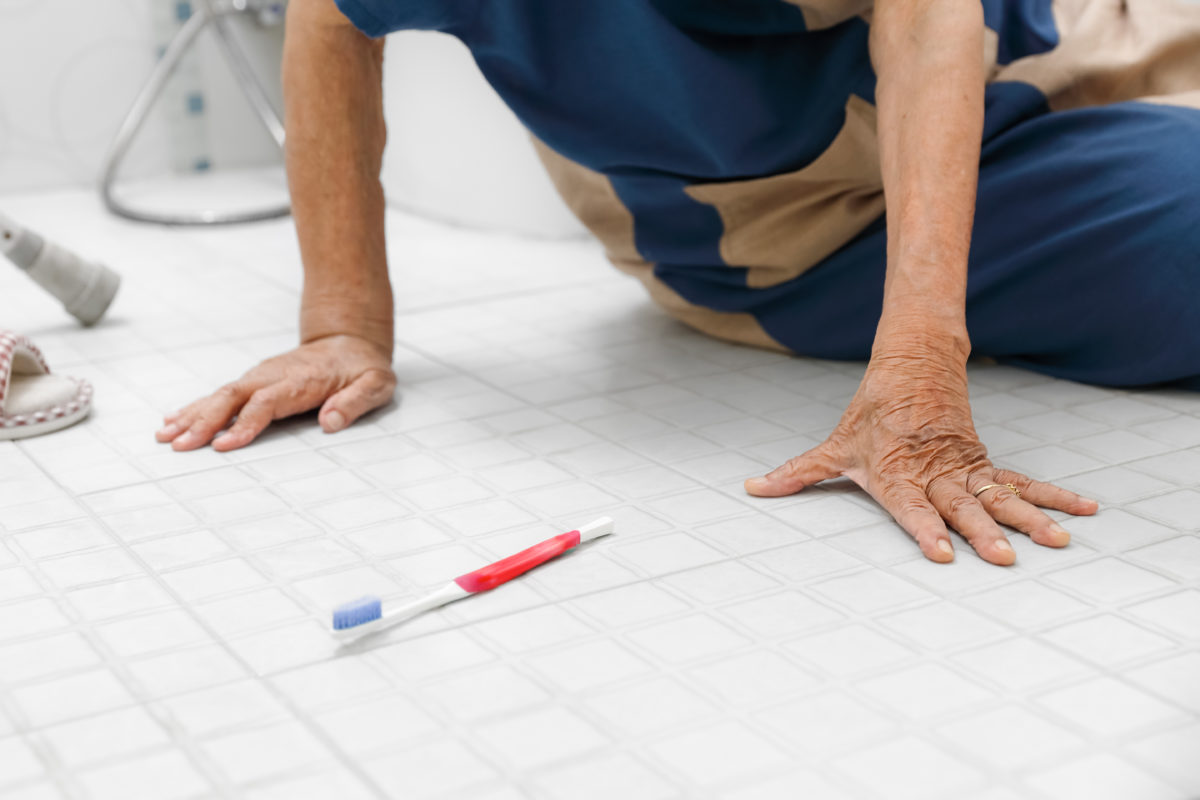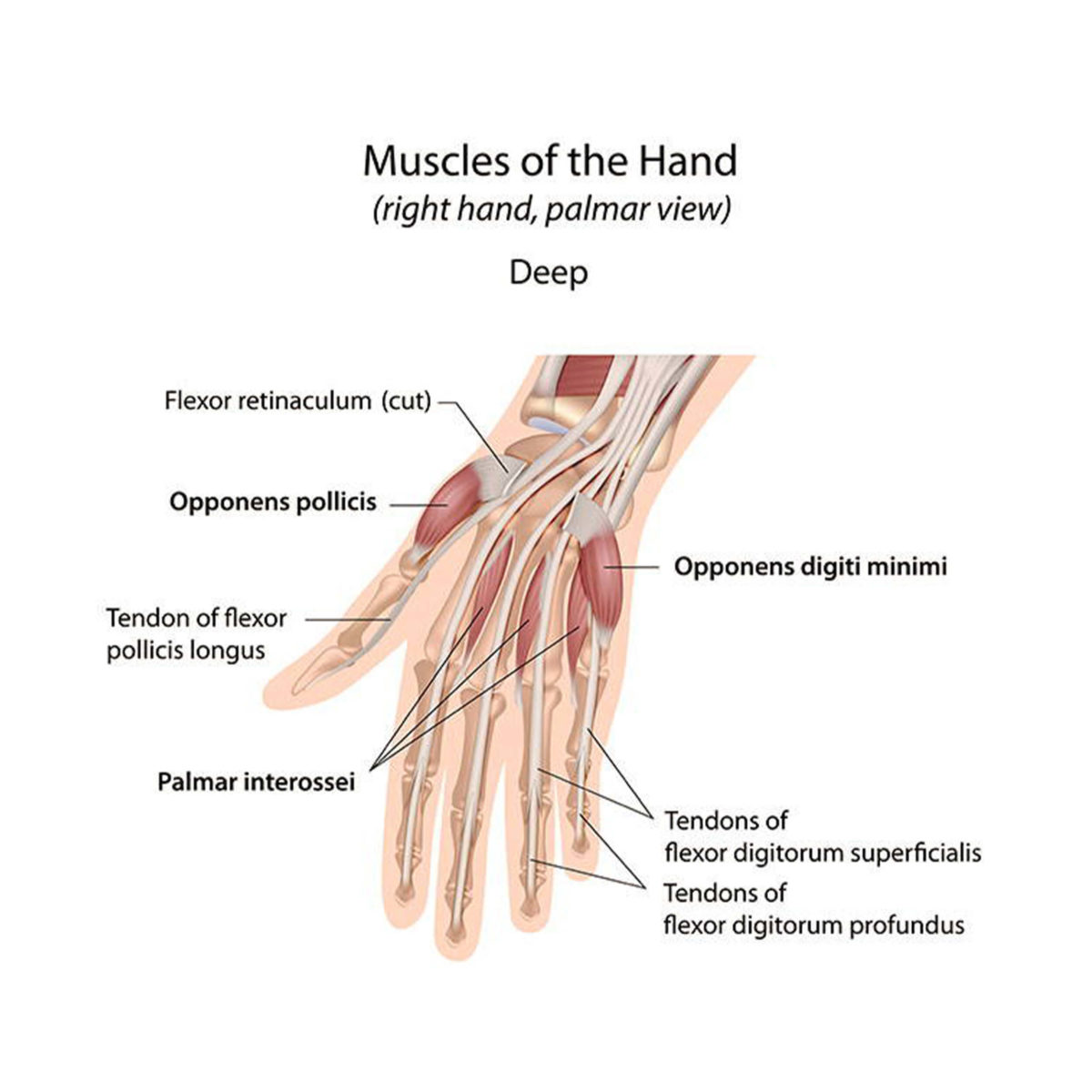According to a report on the Arthritis Foundation website, more than 90 million American adults have doctor-diagnosed arthritis or report arthritis symptoms. The hands are among the most common areas of the body that are affected by arthritis.
Many different types of doctors treat the condition, but if you specifically go to a hand specialist for arthritis treatment, you may gain numerous benefits that you would not otherwise. Here are a few reasons why a specialist may be the right choice for you.
Experience in Issues Affecting the Hands
Unlike a primary care doctor who focuses on all areas of the body, a hand doctor’s core focus is on the hands. That means he is more keenly aware of various symptoms, helpful treatments, and treatment results that you may be able to expect.
A Hand Specialist for Arthritis May Identify Underlying Conditions
It’s not always arthritis. Many other health conditions show symptoms in the hands. At the same time, patients could have hand arthritis as well as other underlying conditions. These may include conditions such as cardiovascular disease, Parkinson’s disease, lymphedema, and spine-related concerns.
When you go to a hand specialist for arthritis treatment, the doctor will be able to help you rule out the possibility that your hand arthritis is related to an underlying condition.
Greater Knowledge of Effective Hand Arthritis Treatments
Because a hand doctor focuses on conditions that affect the hands and arms, he has more expertise regarding the effectiveness of medications, exercises, and self-care routines. A hand specialist is a comprehensive source of knowledge about your particular condition.
On-Site Hand Therapy
Self-care, hand exercises, and general hand therapy are very effective in minimizing arthritis pain and flareups. While general doctors may advise you to go elsewhere for hand therapy, hand doctors’ offices may have therapists on site.
Such is the case at Arora Hand Surgery, for example. We have a certified hand therapist on our team who works closely with Dr. Arora. As a result, patients receive comprehensive treatment and therapy, and the doctor and therapist work together toward the overall health and wellness of hand arthritis patients.
Surgical Treatment Options for Arthritis
In the event that conservative hand arthritis treatments are not as effective as one would hope, surgery may be an option. The type of surgery depends on factors such as which form of arthritis you have (osteoarthritis, rheumatoid arthritis, etc.), the severity of the condition, and the patient’s overall health.
A benefit of going to a hand specialist for arthritis treatment is that if surgery is required, you already have a trusting relationship with the doctor. The doctor knows you and you know him, so you can feel more confident in the procedure, recovery time, and the results.
Continued Monitoring of Your Condition
Whether you need surgery for arthritis or see improvement with daily self-care, the hand specialist will continue to monitor your condition with routine appointments. Elsewhere, you may have the surgery performed by someone you only see that one day, but that’s not the case when you go to a hand specialist for arthritis treatment.
If you are experiencing numbness, stiffness, or swelling in your hands or wrists, you should make an appointment to see our hand doctor in Macomb Township, Warren, West Bloomfield, or Howell as soon as possible. Treatment can be very effective in minimizing the discomfort associated with arthritis, so you don’t have to suffer through the pain.


























